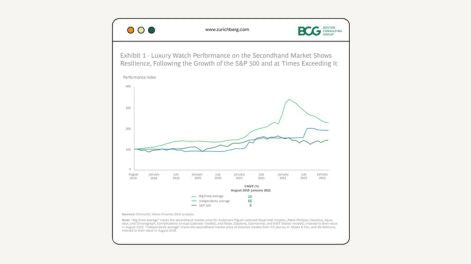The Visionary Behind Rolex - Hans Wilsdorf
Hans Wilsdorf was the founder and driving force behind Rolex, one of the most famous and successful watch brands in the world. Born in Germany in 1881, Wilsdorf began his career in the watch industry as an apprentice at a watch export company in La Chaux-de-Fonds, Switzerland.

In 1905, Wilsdorf founded his own watch company in London, along with his brother-in-law Alfred Davis. Their goal was to create high-quality, accurate watches that would be both reliable and stylish. They named their company Rolex, a name that was easy to pronounce in any language and that they believed would be memorable and appealing to customers.

Wilsdorf's vision for Rolex was driven by a passion for precision and innovation. He was particularly focused on creating watches that were resistant to water, dust, and shock, and in 1926, Rolex introduced its first waterproof wristwatch, the Oyster. This was a major innovation in the watch industry, and helped to establish Rolex as a leader in watchmaking technology.

Wilsdorf was also a marketing genius, and understood the importance of branding and advertising. He developed a number of innovative marketing campaigns, including sponsoring expeditions and sports events, and using celebrities and explorers to endorse Rolex watches. This helped to establish Rolex as a brand associated with adventure, exploration, and achievement.

Under Wilsdorf's leadership, Rolex grew into one of the most successful and respected watch brands in the world. His commitment to quality, precision, and innovation helped to shape the history of Rolex, and his legacy continues to influence the brand today.

He didn't retire from his position until his death in 1960 and remained actively involved in the company's operations even though he did begin to delegate more responsibilities to other executives and managers at Rolex in the years leading up to his death, as he was in poor health and unable to travel as frequently as he once did. After Wilsdorf's death, his nephew, André Heiniger, took over as CEO of Rolex and continued to expand and develop the company in accordance with Wilsdorf's vision.



Leave a comment